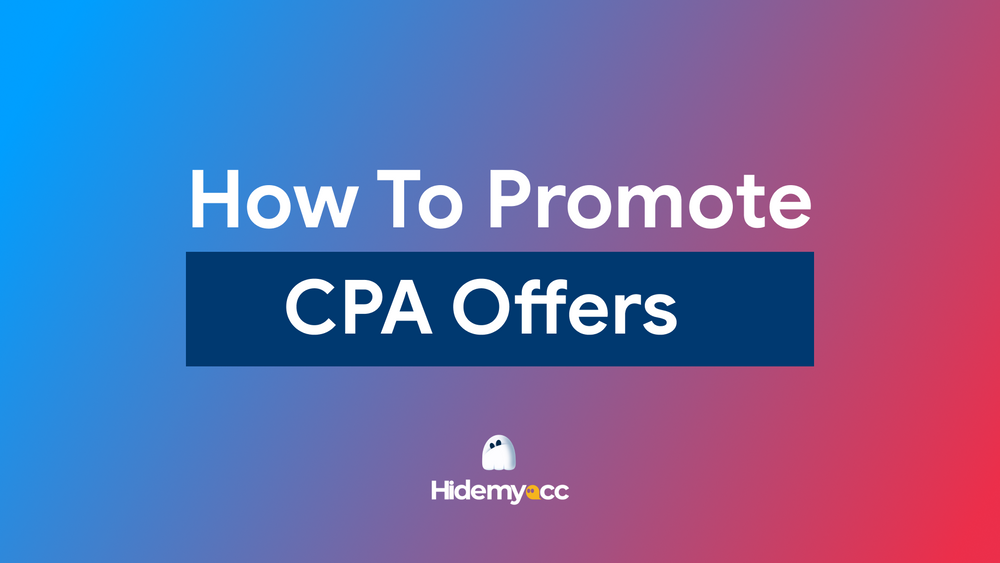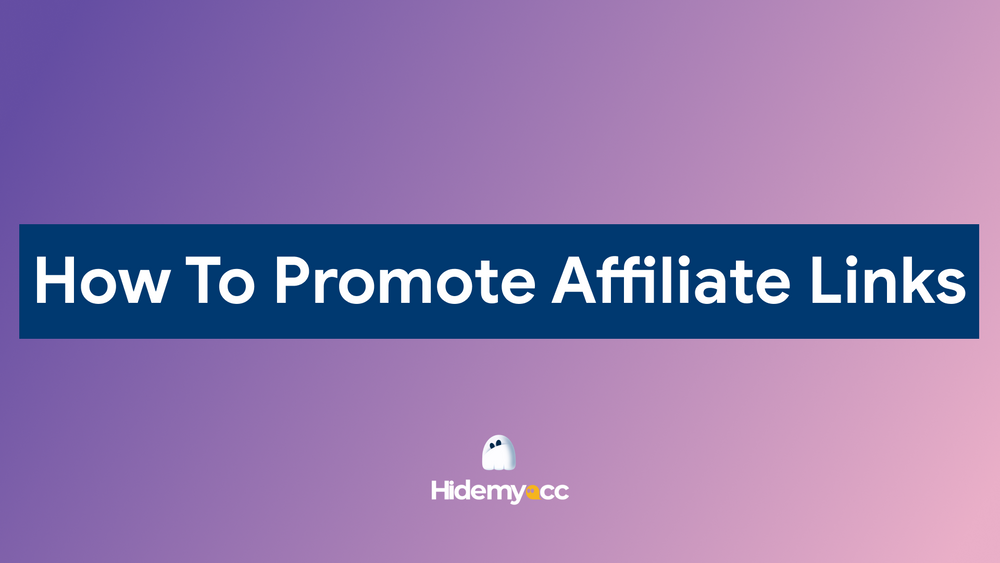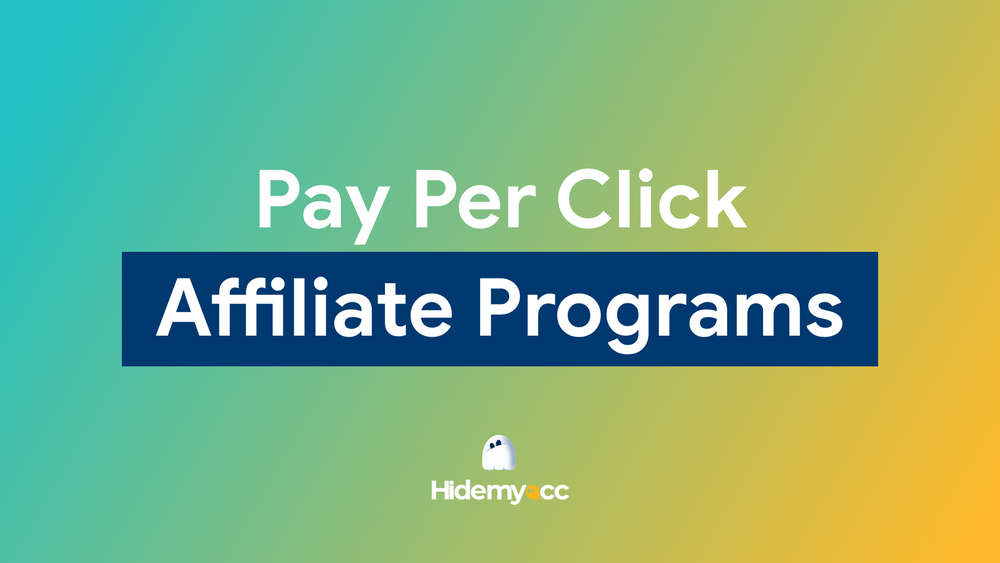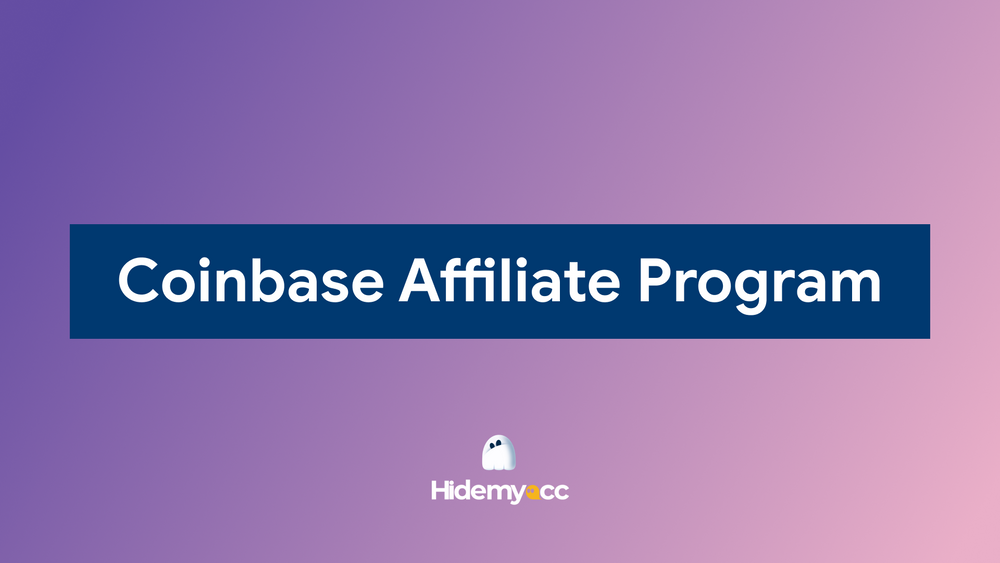Are you looking for an easier way to start affiliate marketing and earn faster? Pay per lead affiliate programs can be a great choice for beginners because they pay you when someone signs up or shows interest, not only when they buy. This guide will explain how these programs work, why they are popular, and how you can succeed with them even if you are just starting out.
1. What are pay per lead affiliate programs?
Pay per lead affiliate programs are marketing models where companies pay you whenever you send them a potential customer who completes a specific action. Unlike other models that only pay when a purchase is made, this one rewards you for generating interest.
In a pay per lead model, a company defines what counts as a lead. This could be filling out a signup form, registering for a free trial, requesting a quote, or downloading an app. When someone performs that action through your unique affiliate link, it is tracked, and you get paid a fixed amount. For example, if you promote a finance company and someone signs up for a free consultation through your link, you earn a set commission even if that person does not buy anything yet. This makes the model attractive for beginners because the barrier to earning is lower than with pay per sale programs.
2. How do pay per lead affiliate programs work?
These programs work by tracking user actions and rewarding you for valid leads. The entire system runs on affiliate links and tracking technology.
When you join a pay per lead affiliate program, you receive a personal link that is unique to you. You then promote this link on your website, social media, or other channels. Whenever a user clicks it and completes the target action, the affiliate platform records the activity using cookies, browser fingerprints, and IP addresses. Once the company confirms that the lead is real and meets their criteria, they add the commission to your account. Payouts can range from a few cents to over a hundred dollars per lead depending on the niche and the value of the customer to the business.
3. Why do many beginners choose pay per lead affiliate programs?
Beginners often choose this model because it is easier to generate signups than purchases. It allows new marketers to start earning with less traffic and less experience.
Convincing someone to spend money can be difficult, especially when you are new and have limited trust from your audience. In contrast, asking people to sign up for something free or submit their email feels like a smaller commitment. This lower barrier to action leads to higher conversion rates, which means you can make money even if your website does not yet have a huge amount of traffic. Because of this, many affiliate marketers see pay per lead programs as a safer and more forgiving way to learn the basics of online marketing before moving to pay per sale models.
4. What are the pros and cons of this model?
The pay per lead model comes with benefits that attract many marketers, but it also has challenges that you must understand to succeed.
One of the biggest advantages is speed. Because you do not need your audience to buy anything, you can start seeing commissions much faster than with traditional affiliate sales. It is also a flexible model because it works in many industries like finance, education, software, real estate, and healthcare. However, pay per lead programs often have strict quality requirements. Companies carefully check that leads are real and valuable, and they can reject or reverse commissions for fake or low-quality signups. Payouts per action are usually lower than commissions from sales, and you might face daily limits on how many leads you can send. These factors make it important to focus on quality and long-term trust rather than quick numbers.
5. How can you find pay per lead affiliate programs?
You can find pay per lead affiliate programs by searching affiliate networks, exploring industry blogs, or directly asking companies if they offer them.
Large affiliate networks such as CJ Affiliate, Impact, ShareASale, and MaxBounty host many pay per lead offers across different niches. They allow you to apply, get approved, and start promoting quickly. Industry blogs like Authority Hacker, Travelpayouts, and EasyAffiliate often publish updated lists of top PPL programs, which can save you research time. You can also use Google with search terms like “pay per lead affiliate programs + [your niche]” or “CPA affiliate programs” to discover companies offering direct programs. If you already use certain software or services, it is worth checking their websites or contacting their marketing teams to see if they offer lead-based affiliate partnerships.
Pay per lead affiliate programs you can consider
There are many reputable affiliate networks that offer PPL models that you can refer to if you want to start:
MaxBounty
This is one of the largest PPL networks, famous for its diverse campaigns in many fields such as finance, insurance, education, health. MaxBounty has a strict moderation system, ensuring high quality leads.
PeerFly (now merged into ClickBooth)
PeerFly was once very famous in the affiliate community for its simple, transparent system and timely payments. Although it has now been taken over by ClickBooth, many quality PPL campaigns are still being maintained.
CJ Affiliate (Commission Junction)
CJ is a long-standing affiliate network, providing many PPL programs of major global brands. The platform has a professional interface, detailed analysis tools and good support for new publishers.
FlexOffers
FlexOffers stands out with a large number of advertisers in the fields of finance, banking and insurance. The approval system is fast, with flexible payment support, suitable for both beginners and professionals.
Rakuten Advertising
Rakuten focuses on big brands and provides many high-quality PPL campaigns, especially in the fields of retail, e-commerce and technology.
6. Which niches work best with pay per lead affiliate programs?
Certain niches pay more for leads because each new contact is highly valuable to the company. These niches are especially profitable for affiliates.
Finance and insurance companies often pay high rates for credit card applications, loan requests, and insurance quote forms. SaaS and software companies pay well for free trial signups or demo requests because each lead has strong potential to become a paying customer. Education programs reward affiliates for sending new student registrations or course inquiries, while real estate companies pay for buyer or seller leads. Even dating and healthcare platforms pay for free signups or appointment requests. Choosing a niche where leads have high value can make your efforts much more profitable.
7. How do browser fingerprint and IP address affect Pay per lead tracking?
7.1. What role do browser fingerprints play in pay per lead affiliate marketing?
Browser fingerprints are used to identify unique users and prevent fraud in pay per lead affiliate programs. They help companies verify that each lead is from a real person.
A browser fingerprint is a set of data collected from a user’s device and browser, including the operating system, browser version, screen size, language settings, installed plugins, and more. When someone clicks your affiliate link, this data is recorded. If multiple leads appear to come from the same fingerprint, the system may flag them as suspicious or reject them as duplicates. This is important for advertisers because they only want to pay for genuine, unique users. As an affiliate, understanding this helps you avoid mistakes like testing your own links too many times from the same device, which could make valid leads look fake.
7.2. Why IP tracking is crucial for preventing fake leads
The IP address shows where a user connects from and is another key factor in validating leads. It helps prevent fake or repeated signups.
Each user who clicks your affiliate link does so from an IP address that reveals their location and device. If too many signups come from the same IP, especially in a short time, the system can treat them as fraudulent. For example, if you test your link multiple times from your own home internet connection, the affiliate platform may block those leads. This protects advertisers from paying for fake traffic and keeps the network fair. To avoid problems, always test links gently and focus on driving real traffic from different users, not from your own device.
7.3. How can antidetect browsers help in a clean and legal way?
Antidetect browsers can help organize campaigns and separate tracking data when used responsibly. They are useful for teams or marketers handling multiple offers at once.
These browsers create isolated profiles with unique fingerprints and IP addresses, allowing each profile to appear like a different user. If you run a small team promoting affiliate offers, each member can use their own profile to keep their activity separated and avoid mixing tracking data. If you test different ads or content strategies, using different profiles helps prevent cross-tracking issues that can confuse your analytics. Some affiliates also use them to simulate user experiences from different countries to ensure their links and landing pages work globally. The key is to use these tools only to stay organized not to fake leads or break program rules. Generating false leads is considered fraud and can get your account permanently banned.
8. What mistakes should you avoid when joining pay per lead programs?
Many beginners fail in pay per lead affiliate programs because they make common mistakes like sending low-quality leads or ignoring the rules. Avoiding these mistakes protects your account and income.
One big mistake is trying to send fake or incentivized leads. These might seem like an easy way to earn fast, but they are usually detected and will get your commissions reversed. Another common issue is joining too many programs at once, which spreads your focus too thin. It is better to start with a small number of high-quality offers. Many new affiliates also fail to track their performance, which makes it impossible to know what works. Some use misleading content to trick people into signing up, which damages trust and can also violate program rules. By focusing on genuine traffic, transparency, and proper tracking, you can build a long-term income stream instead of chasing short-term tricks.
9. What is the best way to get started with pay per lead affiliate programs?
The best way is to start small, build trust, and grow steadily. This allows you to learn the system while keeping your risk low.
Begin by picking one niche and one or two offers that match your audience’s needs. Create helpful content, promote your links honestly, and pay attention to which strategies bring the most leads. Gradually expand your content, traffic sources, and offers as you gain experience. Keep learning about how tracking works, including how browser fingerprints and IP addresses affect your results. Always focus on quality leads, because companies value long-term customer relationships, not just quick signups. With time and consistent effort, you can turn pay per lead affiliate programs into a reliable source of income.
>>> Same topic Affiliate marketing:
- 25 Affiliate programs that pay daily (fast payouts, low thresholds)
- 20 High paying affiliate programs for every niche (from tech to wellness)
- Top 18 pay per click affiliate programs with the highest payouts
- How to promote affiliate links: 10 proven methods for beginners
10. FAQ
What is pay per lead affiliate program?
It’s a model where you earn money when someone signs up or shows interest, not when they buy.
How to start pay per lead?
Join a pay per lead affiliate program, get your tracking link, and promote it to drive sign-ups.
Is pay per lead worth it?
Yes, it’s good for beginners because sign-ups are easier than sales, though payouts are lower.
Who pays the most for leads?
Finance, insurance, and B2B software programs often pay the highest, sometimes $50–$100+ per lead.
What is a good cost per lead?
It varies by industry, from $1–$3 in simple niches to $30–$100+ in high-value niches.






